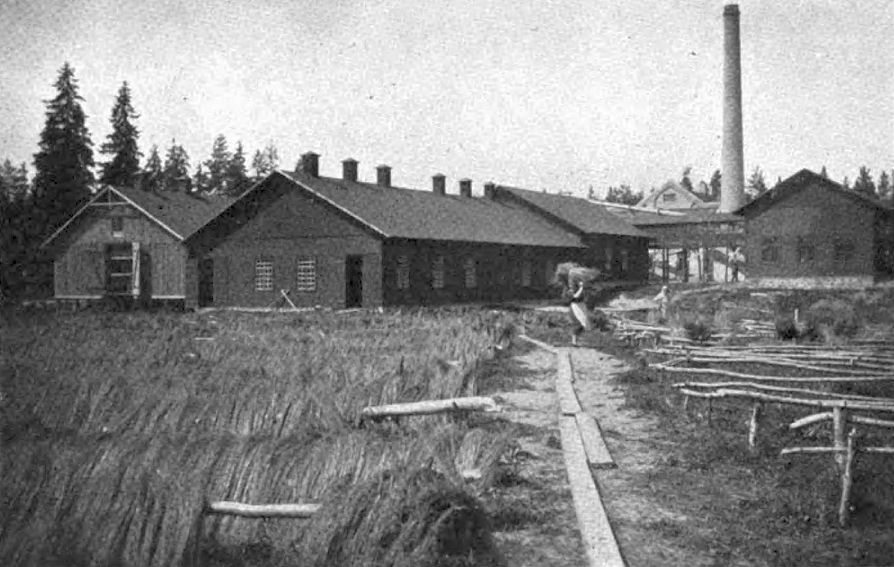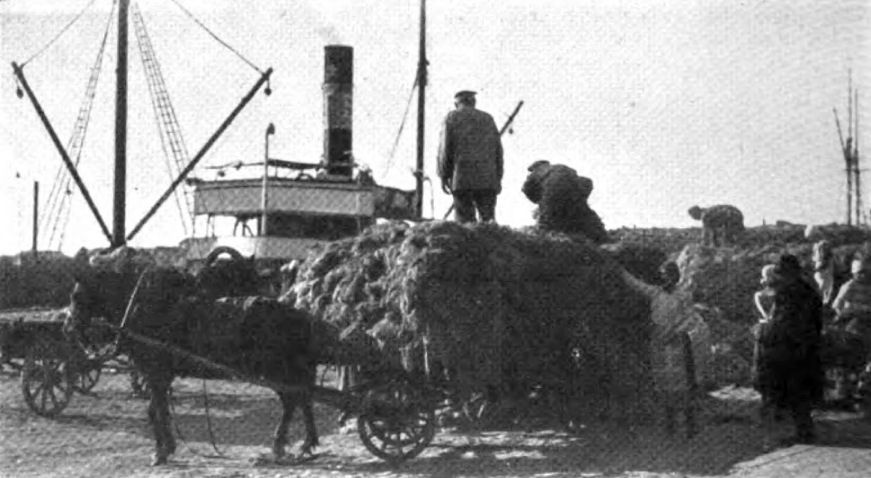AGRICULTURAL COOPERATIVES IN LATVIABy Dr. PERCY MEYER of Riga
IN 1796 the Livonian Mutual Benefit and Agricultural Central Union—was established in Dorpat. This was the earliest cooperative organization, — an all-Baltic Union which, at that time, acted as pioneer in agricultural matters. Further establishments took place in Livonia, Esthonia and Courland in the years 1802, 1830, 1837, 1843, 1854, 1856, 1866, 1871, etc. Of all these agricultural societies and credit institutions promoted, as was natural at that time, by circles of large estate owners, practically none exists now; a large number of them, in any case, led only an ephemeral existence. Of decisive importance, however, were the first actual agricultural societies, the Libau Cooperative Society of Farmers and the Society "Self-Help," which became the prototype of all subsequent establishments of agricultural and cooperative societies in Russia, to which country the provinces now forming Latvian territory then belonged. Credit for the promotion of local agriculture is due particularly to the Baltic Society of Farmers, in Wolmar.

The beginnings of the still existing system of agricultural unions, credit and cooperative societies date from the latter part of the last century. For years they remained at a preliminary stage until about 1905 when a tremendous improvement set in, followed by a feverish development. It seemed as if a national economic cultural flood had broken down a dam and spread in torrents over the whole country In 1907 the first union of local agricultural societies — the Agricultural Central Union — was established. This led to the establishment of other unions which began to specialize and split up into economic-cultural and agricultural-commercial undertakings. The leading Central Union "Konsums," with its numerous departments and net of branches, belongs to the latter group.

In 1909 the first dairy cooperative was established by small holders and in 1912 the first union of such cooperatives came into existence. Further practical unions of farmers for apiculture, the mutual utilization oi large machines (threshers, tractors, etc.) followed. The number of agricultural credit societies, so important here, increased from a bare dozen in 1871 to nearly 275 in 1913. In the last-mentioned year the number of purely agricultural societies had increased to a little over 200.
The War caused the collapse of practically the entire local system of unions and cooperatives, not more than 3.7% surviving. But by 1920 the elementary desire for reconstruction came to the fore and developed so strongly that by Jan. 1, 1924, there were registered 2,153 amalgamations, including 348 Consumers' Cooperative Societies, 266 credit cooperatives, 366 agricultural societies, 322 dairy cooperatives, 218 mutual fire insurance societies (on Jan l, 1923), 215 agricultural machine utilization societies (on Mar. l, 1925), 51 hunting societies, 112 apicultural societies and 11 central unions and institutions. These central unions1 are: the Latvian Agricultural Central Union, the Central Union "Konzums," the Central Union of Apiculturists, the Central Union of Latvian Hunting Societies. the Latvian Peoples' Bank, the Union of Latvian Officials' Societies, the Central Union of Latvian Dairy Cooperatives (also known under the title "Latvian Dairying Central Union"), the Control-Union of German Cooperative Societies in Latvia, the Central Union of Mutual Fire Insurance Societies, the Central Union of Latvian Flax Producers and the Union of Cooperative Societies of Publishers.
| 1 | For detailed statement of member societies, see pp. 64-65 of Dr. Meyer's book Latvia's Economic Life (Riga, 1925), from which this account is taken. |
- INTRODUCTION
- Latvia's Place in the Agriculture of the World — ARTHUR B. LULE
- Effects of the War and Reconstruction on Latvian Agriculture and its Present Economic Condition — The Latvian Economist and the Geneva Economic Conference
- Agricultural Cooperatives in Latvia — PERCY MEYER
- Soil Fertility of Latvia — LOUIS E. VAN NORMAN
- Latvian Forests and Forest Products — LESLIE A. MARSHALL
- Self-Help by Mutual Help — J. NUGENT HARRIS
 Gallery
Gallery